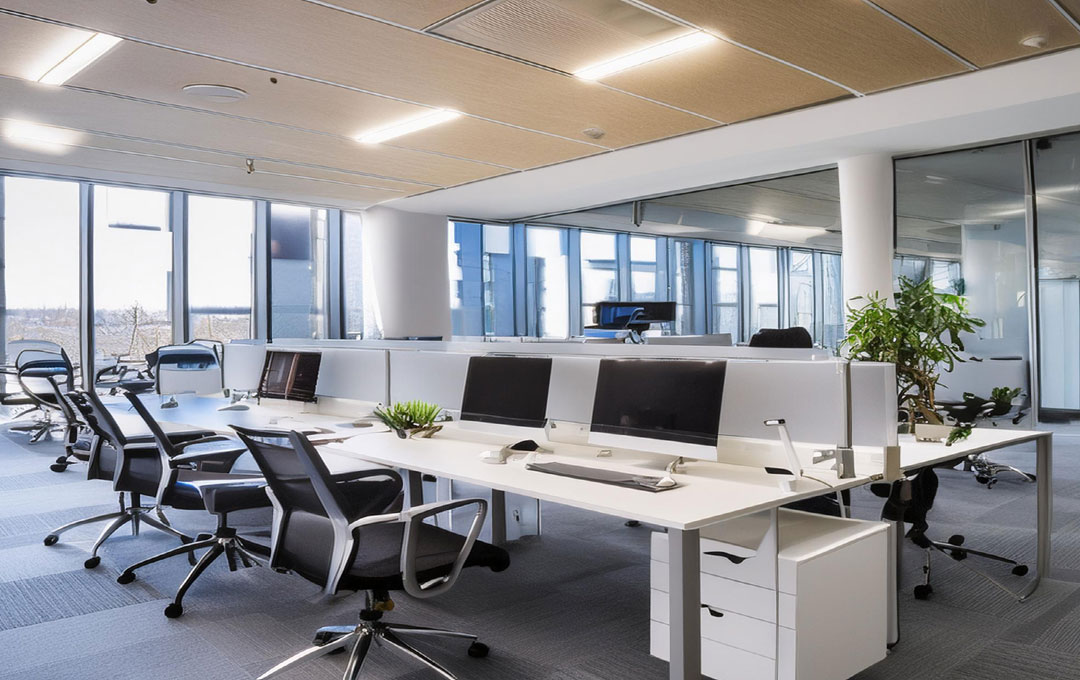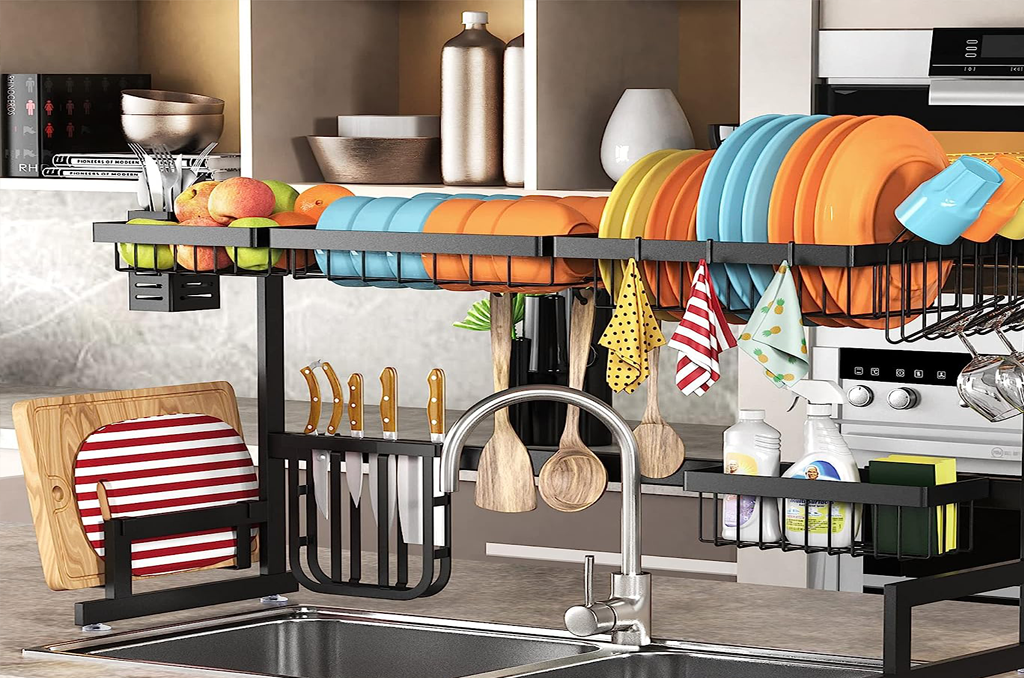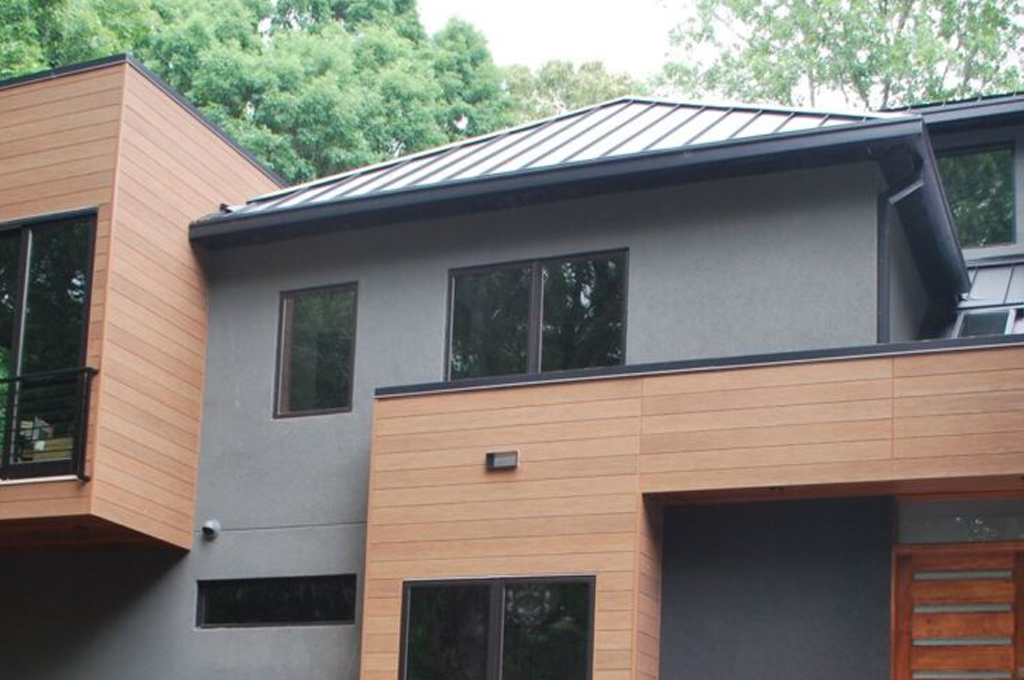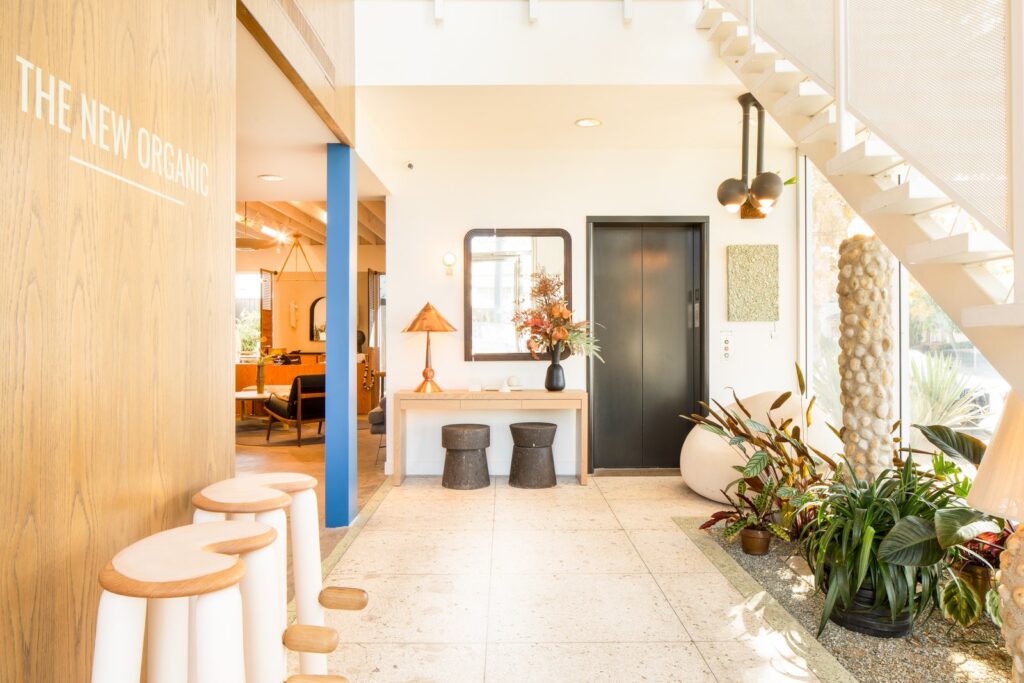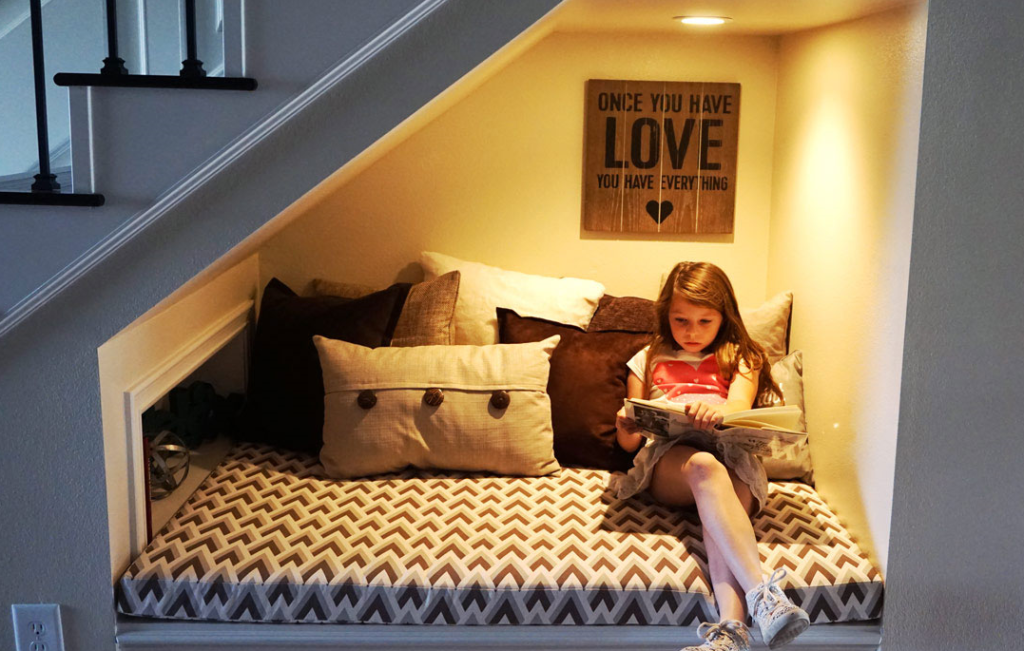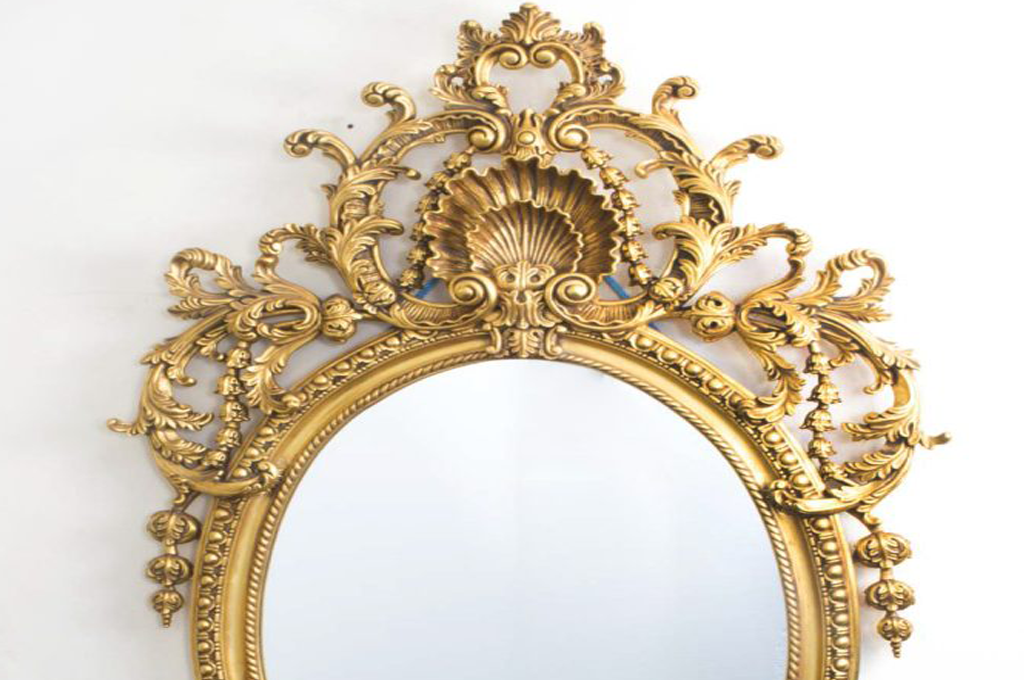
10 Questions to Ask Before Hiring an Interior Designer for Your Dream Home
Walking into a perfectly designed room feels a bit like magic. The colors balance out just right, the furniture fits the space like a glove, and the lighting makes everything glow. But behind that magic is a lot of hard work, planning, and a great relationship between a homeowner and a professional. If you are ready to transform your space, you might be scrolling through endless profiles online, wondering where to start. If you need help starting your search, you can also read our guide on How to Find the Best Interior Designer Near You, This hire an interior designer guide is exactly what you need to navigate that process without losing your mind.
 Think of hiring a designer a lot like dating. You wouldn’t agree to marry someone after just seeing their profile picture, right? You need to have a conversation, see if your personalities click, and ensure you have the same goals for the future. The relationship with your designer is intimate; they will be in your home, spending your money, and trying to interpret your dreams. If you don’t ask the right things upfront, you might end up with a beautiful room that feels like a stranger’s house.
Think of hiring a designer a lot like dating. You wouldn’t agree to marry someone after just seeing their profile picture, right? You need to have a conversation, see if your personalities click, and ensure you have the same goals for the future. The relationship with your designer is intimate; they will be in your home, spending your money, and trying to interpret your dreams. If you don’t ask the right things upfront, you might end up with a beautiful room that feels like a stranger’s house.
To help you find your perfect match, we have put together a list of essential inquiries. Knowing what to ask an interior designer before hiring them can save you thousands of dollars and months of frustration. Whether you are remodeling a single bathroom or building a custom home from the ground up, these questions will ensure you are on the same page from day one. Let’s dive into the top questions to ask an interior designer to ensure your project is a resounding success.
1. How Would You Describe Your Signature Design Style?
Every artist has a signature, and interior designers are no different. While many professionals are versatile and can adapt to different looks, they usually have a “sweet spot” where they truly shine. Asking this question helps you understand if their natural aesthetic aligns with your vision. Imagine asking a chef who specializes in spicy Thai curry to bake a delicate French pastry. They might be able to do it, but it won’t be their best work.
For example, if you look at a designer’s portfolio and see nothing but sleek, modern, minimalist rooms with lots of glass and concrete, but you dream of a cozy, cluttered, floral English cottage vibe, you might have a mismatch. Even if they say they can do “anything,” their instinct will always pull them back to what they love. You want someone whose eyes light up when you show them your inspiration photos, not someone who looks confused or bored by your ideas. To gather inspiration, you can check out our Modern Living Room Ideas Decor guide for fresh style concepts.
This is also a great time to talk about flexibility. A great follow-up is asking how they handle it when a client wants something totally different from their usual style. You want a partner who listens to you, not a dictator who forces their taste on you. Remember, you are the one who has to live in the house, not them. This conversation sets the stage for the entire creative partnership.
2. What Specific Services Do You Offer?
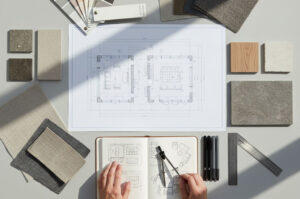 It’s also helpful to understand the difference between a designer and a decorator — check out our post Interior Designer vs Interior Decorator to see how their roles differ and which one fits your needs
It’s also helpful to understand the difference between a designer and a decorator — check out our post Interior Designer vs Interior Decorator to see how their roles differ and which one fits your needs
One of the biggest misconceptions in this industry is that all designers do the same thing. In reality, the menu of services can vary wildly from one professional to another. Some offer “full-service design,” which means they handle everything from drawing the floor plans to fluffing the pillows on the final day. Others might offer “e-design,” which is strictly online and involves them sending you a shopping list that you have to buy and install yourself.
You need to be crystal clear on what you are paying for. For instance, does their service include project management? If you are knocking down walls, you will need someone to oversee the construction crew. If your designer only plans to pick out paint colors and curtains, you might find yourself stuck managing a general contractor on your own. That is a huge job that you might not be prepared for.
Use this part of your hire an interior designer guide checklist to clarify the deliverables. Ask them if they provide 3D renderings so you can see the room before you buy furniture. Ask if they handle the ordering and shipping of items. If a couch arrives damaged, you want to know if they will be the ones sitting on hold with customer service, or if that headache falls on you. Knowing the scope of work prevents disappointment later.
3. How Do You Handle Budget Management?
 Money can be an awkward topic, but it is absolutely the most important one to discuss early. A common fear is that a designer will run wild with your credit card, picking out items you can’t afford. Asking how they manage a budget shows you how practical and organized they are. A professional should be able to take your total number and break it down into realistic categories for furniture, labor, and materials. And if your project includes a workspace, our Top 10 Office Interior Design Trends for 2024 can help you plan stylish and budget-friendly office upgrades
Money can be an awkward topic, but it is absolutely the most important one to discuss early. A common fear is that a designer will run wild with your credit card, picking out items you can’t afford. Asking how they manage a budget shows you how practical and organized they are. A professional should be able to take your total number and break it down into realistic categories for furniture, labor, and materials. And if your project includes a workspace, our Top 10 Office Interior Design Trends for 2024 can help you plan stylish and budget-friendly office upgrades
For example, if you tell them your budget is $20,000 for a living room, they should be able to tell you immediately if that is realistic for what you want. They might say, “To get the look you want with high-end fabrics, we might need $25,000, but we can stay at $20,000 if we use retail store furniture instead of custom pieces.” This level of honesty is crucial. You do not want a “yes man” who agrees to your budget now only to hit you with surprise costs three months down the road.
Furthermore, ask them how they track expenses during the project. Will you get a weekly spreadsheet? Will they warn you before you cross a certain threshold? Imagine you are halfway through a kitchen remodel and suddenly find out you have spent your entire budget on cabinets, leaving no money for appliances. A good designer acts like a financial advisor for your home, guiding you on where to splurge and where to save to keep the project on track.
4. How Is Your Fee Structure Set Up?
There is no industry standard for how designers charge, which can make comparing quotes very confusing. This is one of the most critical questions to ask an interior designer. Some charge a flat fee for the whole project, knowing exactly what it will cost upfront. Others charge an hourly rate for every minute they spend working on your home. Some even charge a percentage of the total construction and furniture costs.
Let’s illustrate this with an analogy. If you hire a lawyer, they usually bill by the hour. If the case drags on, you pay more. If you hire a designer on an hourly basis, and you are an indecisive client who needs to see ten different fabric options for one chair, your bill will go up. However, if you have a flat fee, you know exactly what you are paying, but the designer might limit the number of revisions you can make.
You also need to ask about “markups.” Designers often get discounts on furniture that the public cannot get. Some designers pass this discount to you, while others keep the difference as part of their fee. Neither way is wrong, but you need to know the rules. It is terrible to find out later that you paid 20% more for a sofa than the sticker price because you didn’t understand the billing structure. Transparency is key.
5. What Is the Estimated Timeline for a Project Like This?
We have all seen those TV shows where a team renovates an entire house in a weekend. Real life is not like reality TV. Renovations and design projects take time, often much longer than you expect. When considering what to ask an interior designer before hiring, you must get a realistic timeline. This manages your expectations so you aren’t living out of boxes for months longer than planned.
Currently, the world of shipping and manufacturing is slower than it used to be. A custom sofa can take 12 to 16 weeks to arrive. If you are hoping to have your dining room ready for Thanksgiving and you are hiring a designer in October, they need to tell you honestly that it probably won’t happen. A good designer knows the current lead times for furniture and contractors and can give you a schedule that is grounded in reality.
Ask them to break down the timeline into phases. For example: “Two weeks for design concepts, four weeks for ordering, and six weeks for installation.” This helps you plan your life. If they are renovating your only bathroom, you need to know exactly how long the water will be shut off. If they are vague about dates or promise a timeline that sounds too good to be true, take that as a red flag.
6. Do You Work with Specific Contractors and Vendors?
 Interior design isn’t a solo sport; it is a team effort. Designers rely on a network of painters, electricians, carpenters, and upholstery shops to bring their vision to life. When you use this hire an interior designer guide, make sure to ask about their team. A designer with a “little black book” of trusted tradespeople is worth their weight in gold because they have already vetted these workers for quality and reliability.
Interior design isn’t a solo sport; it is a team effort. Designers rely on a network of painters, electricians, carpenters, and upholstery shops to bring their vision to life. When you use this hire an interior designer guide, make sure to ask about their team. A designer with a “little black book” of trusted tradespeople is worth their weight in gold because they have already vetted these workers for quality and reliability.
Think of it this way: if you hire a random tile installer you found online and he does a bad job, you have to fight with him to fix it. But if you use the tile guy your designer has worked with for ten years, that installer wants to keep the designer happy to get future work. He is much more likely to show up on time and do a perfect job. This relationship shields you from a lot of the stress associated with home improvement.
However, you should also ask if you are allowed to bring in your own people. Maybe your uncle is a plumber, or you have a favorite painter you trust. Some designers are open to working with new vendors, while others strictly work with their own team to control quality. Establish these ground rules early so there is no friction when construction begins.
7. How Involved Will I Be in the Decision-Making Process?
 Every client is different. You can also visualize your ideas beforehand using our House Design Tool for Interior and Exterior, which helps you communicate better with your designer. Some people are “control enthusiasts” who want to approve every single doorknob and lightbulb. Others are busy professionals who just want to hand over the keys and say, “Call me when it’s done.” You need to find a designer whose process matches your desired level of involvement. This is one of the key questions to ask an interior designer to ensure a smooth workflow.
Every client is different. You can also visualize your ideas beforehand using our House Design Tool for Interior and Exterior, which helps you communicate better with your designer. Some people are “control enthusiasts” who want to approve every single doorknob and lightbulb. Others are busy professionals who just want to hand over the keys and say, “Call me when it’s done.” You need to find a designer whose process matches your desired level of involvement. This is one of the key questions to ask an interior designer to ensure a smooth workflow.
If you are the type of person who loves to shop and touch every fabric, you might struggle with a designer who prefers to present one final “perfect” option. Conversely, if you are overwhelmed by choices, you don’t want a designer who sends you 50 links to different rugs and asks you to pick one. You want someone who curates the choices down to two or three strong options.
Ask them to describe a typical presentation meeting. Do they show you samples in person? Do they do virtual walkthroughs? Ask them, “What happens if I don’t like anything you present?” Their answer will tell you a lot about their ego and their customer service. A good partner wants you to be happy and will go back to the drawing board without complaint, whereas a diva might get offended that you didn’t like their vision.
8. How Do You Handle Problems or Unexpected Issues?
No matter how well you plan, something will go wrong. It is the nature of construction and design. A fabric will be out of stock, a lamp will arrive broken, or the painter will use the wrong shade of white. The measure of a great designer isn’t that they avoid problems, but how they solve them. You want to know what to ask an interior designer before hiring regarding their crisis management skills.
Ask them for a specific example of a time something went wrong on a past project and how they fixed it. Did they panic? Did they blame the client? Or did they proactively find a solution before even telling the client there was an issue? You want a designer who comes to you and says, ” The tile is backordered for three months, but I found these two similar options that are available now. What do you think?”
This question reveals their temperament. Home renovation is stressful, and you want a calm, steady hand at the wheel. If they seem flustered just talking about potential problems, imagine how they will react when a pipe bursts. You are hiring them to take the stress off your plate, so ensure they are capable of handling the heat when things get messy.
9. Can You Provide References or a Recent Portfolio?
In the digital age, it is easy to make a website look professional with stock photos or 3D renderings that look like real photos. You need to verify that they have actually built what they claim. Asking for references is standard procedure. You wouldn’t hire a babysitter without checking references, and you shouldn’t entrust your home to someone without doing the same.
When you get the references, actually call them. Ask the past clients the hard questions: did they stay on budget? Were they enjoyable to work with? Did the project finish on time? What was the most frustrating part of the process? Past behavior is the best predictor of future behavior. If three previous clients say the designer is talented but terrible at returning emails, you can bet they will be terrible at returning your emails too.
Also, look at their portfolio for diversity. If every room looks exactly the same, they might be a “one-trick pony.” If you see a variety of styles, it shows they listen to their clients’ desires rather than just copying and pasting the same design over and over. This step validates everything else they have told you during the interview.
10. What Is Your Preferred Method of Communication?
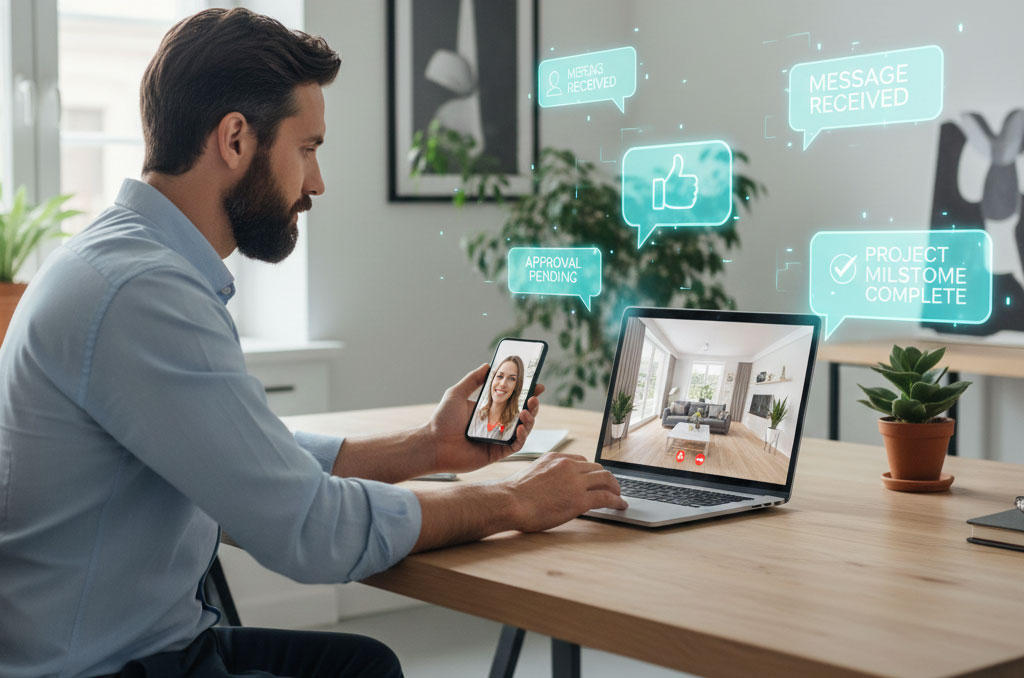 Miscommunication is the root of almost all unhappiness in design projects. You might prefer texting at 9 PM when you have an idea, while your designer might strictly work 9-to-5 and only answer emails. If you don’t align on this, you will feel ignored, and they will feel harassed. Establishing communication boundaries is one of the most practical questions to ask an interior designer.
Miscommunication is the root of almost all unhappiness in design projects. You might prefer texting at 9 PM when you have an idea, while your designer might strictly work 9-to-5 and only answer emails. If you don’t align on this, you will feel ignored, and they will feel harassed. Establishing communication boundaries is one of the most practical questions to ask an interior designer.
Ask them how often you will receive updates. Will there be a standing weekly meeting? Do they use a project management app where you can log in and see the status of orders? Clear communication channels keep anxiety low. You shouldn’t have to chase them down to find out where your coffee table is.
Also, discuss who your main point of contact will be. In larger design firms, you might be interviewed by the principal designer (the boss), but then passed off to a junior assistant for the actual day-to-day work. If you are expecting the boss’s attention but get the intern, you will be disappointed. Clarify exactly whose face you will be seeing during those site visits.
Summary
Hiring a professional for your home is a big step, but it doesn’t have to be scary. By using this hire an interior designer guide, you are arming yourself with the knowledge to make a smart choice. Remember, a pretty portfolio gets them in the door, but their answers to these questions will tell you if they are the right partner for you.
Take your time, trust your gut, and don’t be afraid to ask the hard questions. Your home is your sanctuary, and the right designer will respect that, helping you create a space that reflects who you are.





